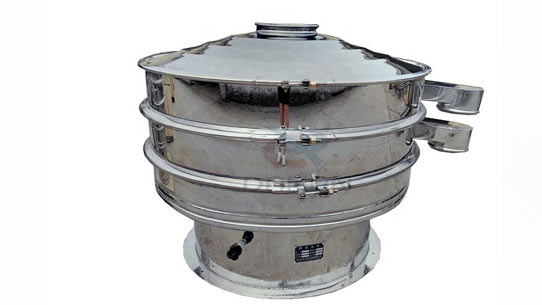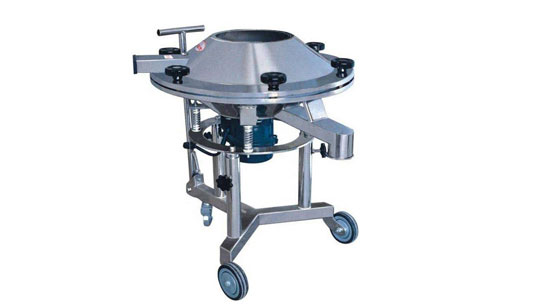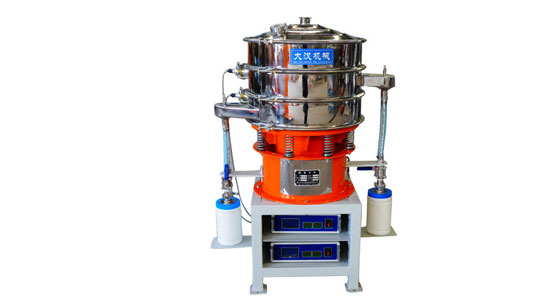The difference between high frequency vibrating sieve and ordinary vibrating sieve
Wednesday March-05 2025 17:09:04
1. High frequency vibrating sieve is suitable for processing materials with high viscosity and less impurities; ordinary vibrating sieve is suitable for processing dry powder particles and thin liquid, easy to filter or remove impurities.
The motor speed of high-frequency vibrating sieve is high, 3000 revolutions per minute, which can quickly break the surface tension of viscous slurry and make viscous slurry pass through the screen quickly; the vibration frequency of ordinary vibrating sieve is relatively low, and the type of liquid suitable for sieving is viscous Materials with low density and more impurities are easy to discharge.
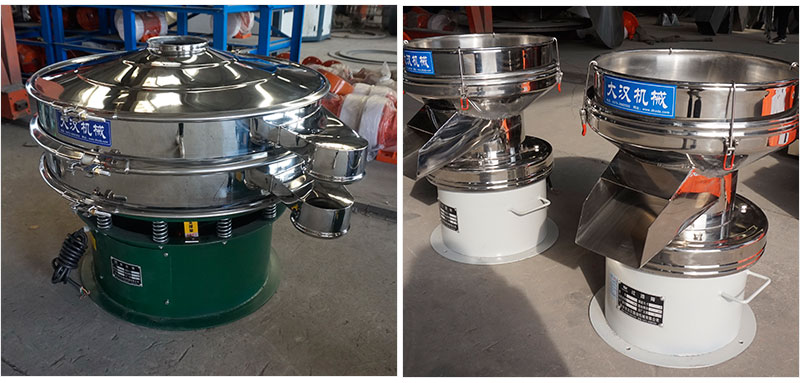
2. High frequency vibrating sieve Due to high frequency vibration, it is not easy to block even when dealing with viscous liquid.
The vibration frequency of the high-frequency sieve is increased from the original 1440r/min to 3000r/min, so the vibration frequency is high and it is not easy to block the screen. The motor used in ordinary vibrating sieve is a 4-stage vertical vibration motor, and the motor speed is only 1500r/min.
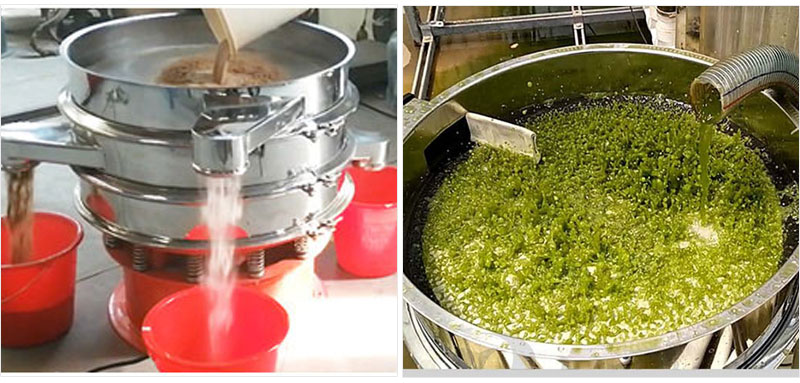
3. High frequency vibrating sieve is only used for filtering and removing impurities. Ordinary vibrating sieve can also be used for screening besides removing impurities.
The high frequency vibrating sieve is mainly a special screening equipment produced for the filtration of thick slurry. Therefore, in order to ensure the efficient filtration and screening of slurry, it is only designed for single layer, so the high frequency vibrating sieve can only perform filtering and impurity removal.
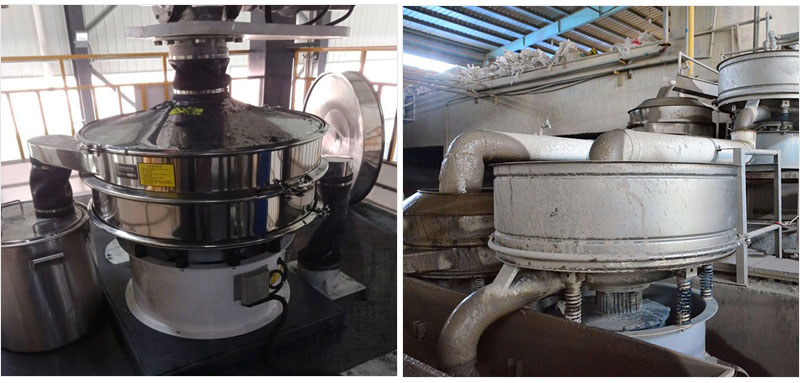
Ordinary vibrating sieve is a general-purpose screening equipment. The number of screen layers can be customized according to the customer's screening purpose, and the number of layers can be customized from 1 to 5 layers. Particles are classified into 2-6 levels of particle size.
4. The motor installation structure of high-frequency vibrating screen is different from that of ordinary vibrating screen.
The motor of ordinary vibrating screen is installed on the tray, while the motor of high frequency vibrating screen is suspended on one side of the screen. Ordinary linear vibrating screen also uses 2-pole vibration motor, but high-frequency vibrating screen cannot be equipped with ultrasonic system because the materials screened by ordinary ultrasonic screen and high-frequency vibrating screen and the required screening accuracy are different.Compared with the ordinary vibrating screen, the vibrating motor used in the high-frequency vibrating screens is a 2-pole motor, which can rotate more than 2800 revolutions and can only be installed in one layer. The motor is a hanging installation mechanism.
5、High frequency vibrating screen and ordinary vibrating screen have different application places.
High-frequency vibrating screens are often used in situations where fine particles require high-precision screening, such as food, medicine, chemical industry, etc. Ordinary vibrating screens are suitable for screening general granular materials and are commonly used in building materials, metallurgy, mining and other industries.
The difference between high frequency vibrating screen and ordinary vibrating screen
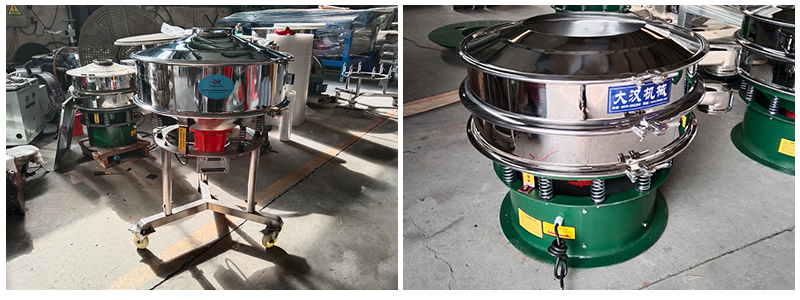
| Features | High-frequency vibrating screen | Ordinary vibrating screen |
| Vibration frequency | High, usually above 1000 times/minute | Low, usually around several hundred times/minute |
| Screening effect | Suitable for high-precision screening, able to separate fine particles | General screening effect, suitable for general granular materials |
| Application areas | Food, pharmaceutical, chemical and other industries | Building materials, metallurgy, mining and other industries |
| Screening efficiency | High, complete screening work quickly and accurately | Generally, it may take more time to handle larger particles |
| Equipment cost | High Relatively low | Cleaning and maintenance Generally simple design, easy to clean and maintain General design, cleaning and maintenance are relatively complex |
| Applicable particle size range | Suitable for fine particles and occasions requiring high-precision screening | Applicable to general granular materials |
| Screening accuracy | High, able to screen accurately | Generally, suitable for general screening needs |

